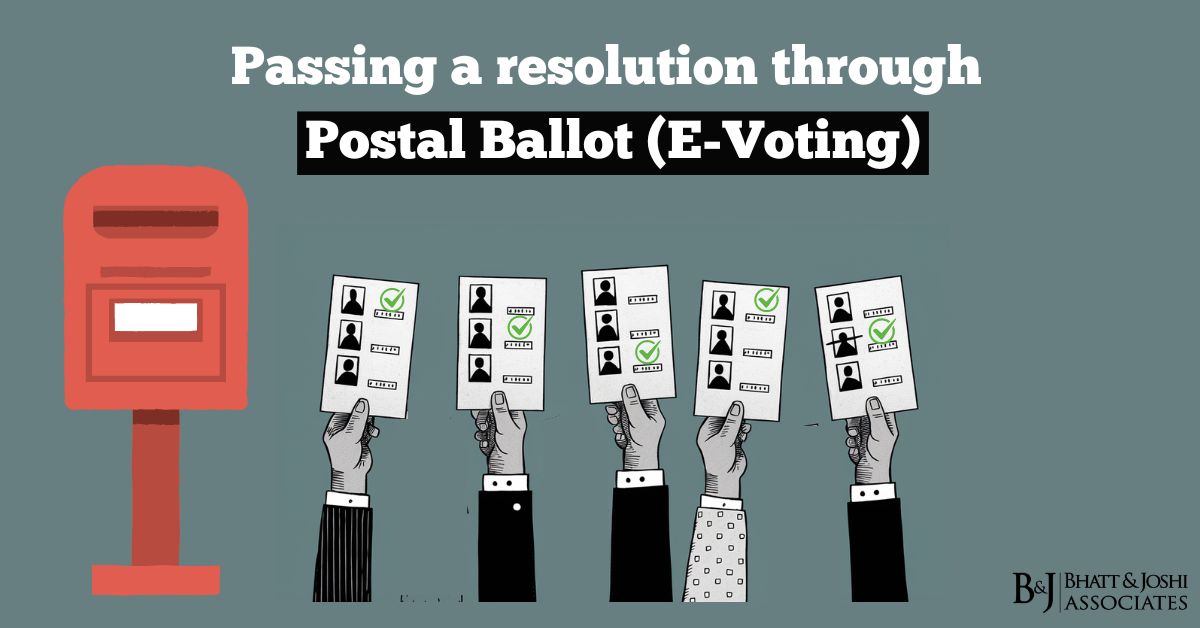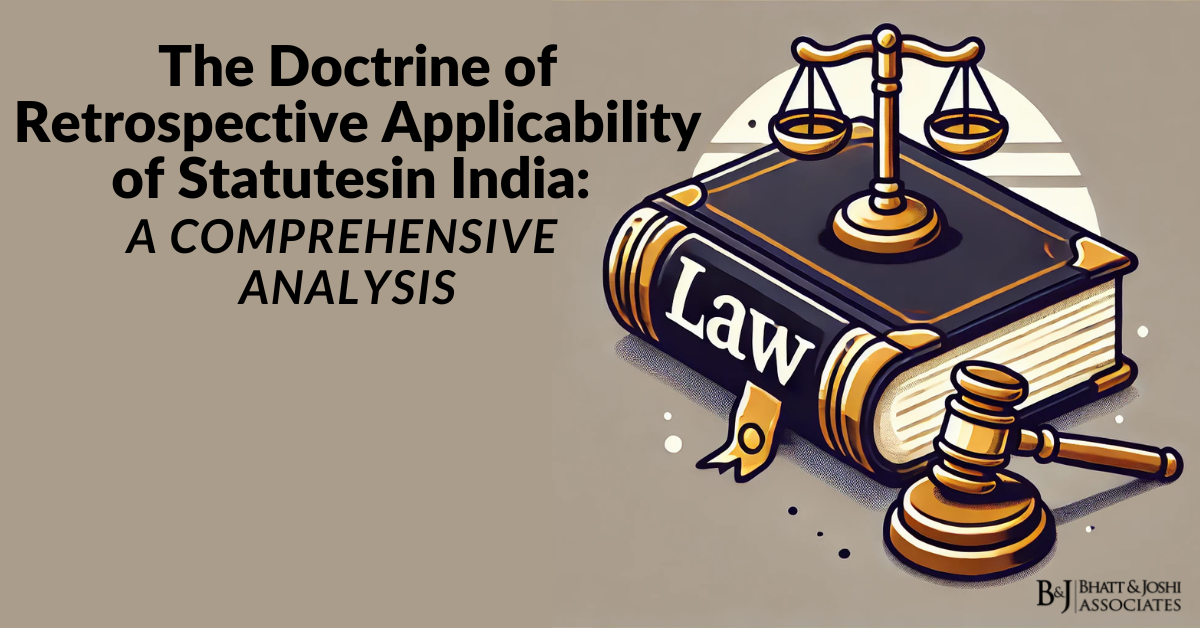Introduction
In contemporary corporate governance, passing a resolution through Postal Ballot (E-Voting) stands as a pivotal method for companies to expedite decision-making processes without the necessity of convening a physical general meeting. This strategic approach, enshrined within the regulatory framework of the Companies Act, 2013, entails a comprehensive set of procedures meticulously designed to ensure transparency, shareholder participation, and regulatory compliance. Let’s delve deeper into the intricacies of this process and explore each step in detail:
Understanding Postal Ballot (E-Voting):
Postal Ballot, as articulated by Section 2(65) of the Companies Act, 2013, encapsulates the practice of voting conducted by shareholders via post or electronic means. It serves as a pragmatic alternative to traditional in-person voting mechanisms at general meetings, empowering shareholders to express their consent on company matters remotely and efficiently.
Key Provisions Governing Postal Ballot (E-Voting):
Central to the conduct of postal ballot exercises are several statutory provisions and rules meticulously crafted to regulate the process. These include Section 110 of the Companies Act, 2013, Rule 22 of the Companies (Management and Administration) Rules, 2014, along with other relevant guidelines specified in Part 16 of SS-2 and Section 108 read with Rule 20 of the Companies (Management and Administration) Rules, 2014.
Matters Conducted through Postal Ballot (E-Voting):
Certain critical matters are mandatorily required to be conducted through postal ballot, representing significant corporate decisions that necessitate shareholder consent. These include alterations to the memorandum and articles of association, changes in the registered office location, issuance of shares with differential rights, buy-back of shares, election of small shareholder directors, sale of company undertakings, and the granting of loans or guarantees exceeding prescribed limits.
Step-by-Step Procedure for Conducting Postal Ballot:
The procedural intricacies involved in conducting a postal ballot exercise demand meticulous planning and execution. Commencing with the issuance of a Notice of Board Meeting, the process entails prior intimation to the Stock Exchange, coordination with the Registrar and Transfer Agent (RTA), and convening a Board Meeting to appoint a Scrutinizer, decide the cut-off date, and approve the postal ballot notice. Subsequent steps encompass filing outcomes with the Stock Exchange, submitting requisite documents to the Registrar of Companies (ROC), generating Electronic Voting Sequence Numbers (EVSN), dispatching postal ballot notices, publishing notices in newspapers and on the company website, determining E-voting Start and End dates, and submitting the Scrutinizer’s Report within the stipulated timeline. Resolutions passed through postal ballot are recorded in the Minutes book and necessary filings are made with the authorities.
Conclusion:
In conclusion, conducting postal ballot exercises through e-voting represents a streamlined and efficient approach for companies to solicit shareholder consent. By meticulously adhering to prescribed procedures and regulations, companies can uphold transparency, integrity, and corporate governance standards throughout the process, thereby fostering trust and confidence among stakeholders.














